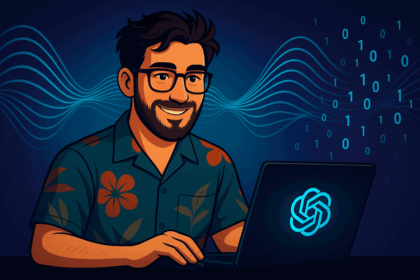OpenAI announced the launch of Sora 2 — a new video and audio generation model that replaces last year’s Sora. Simultaneously, the company introduced the Sora social app for iOS, which allows users to create short videos, add themselves or friends into scenes using the “cameos” feature, and share the results in a feed reminiscent of TikTok. The app is currently available only in the US and Canada by invitation, but OpenAI plans a rapid expansion to other countries.
The Sora 2 model has significantly improved video realism by better adhering to physical laws: for example, a ball in a basketball scene bounces off the backboard if the player misses, rather than teleporting into the basket. For the first time, the model generates synchronized audio — background, sound effects, and human speech, allowing for the creation of videos with full sound accompaniment.
The “cameos” feature allows users to add their own appearance and voice to any videos created in Sora. To do this, they need to record a video and audio once for identity verification. Users can decide who is allowed to use their “cameo,” view all videos featuring it, and revoke permission or remove their appearance from a scene at any time.
The recommendation feed in Sora adapts to the user’s interests, taking into account app activity, location, and interaction history. Additional restrictions and parental controls are in place for teenagers through ChatGPT, which allows for regulating personalization, restricting viewing, and managing notifications. Sora will be free at launch, with additional charges only for video creation during high demand.




